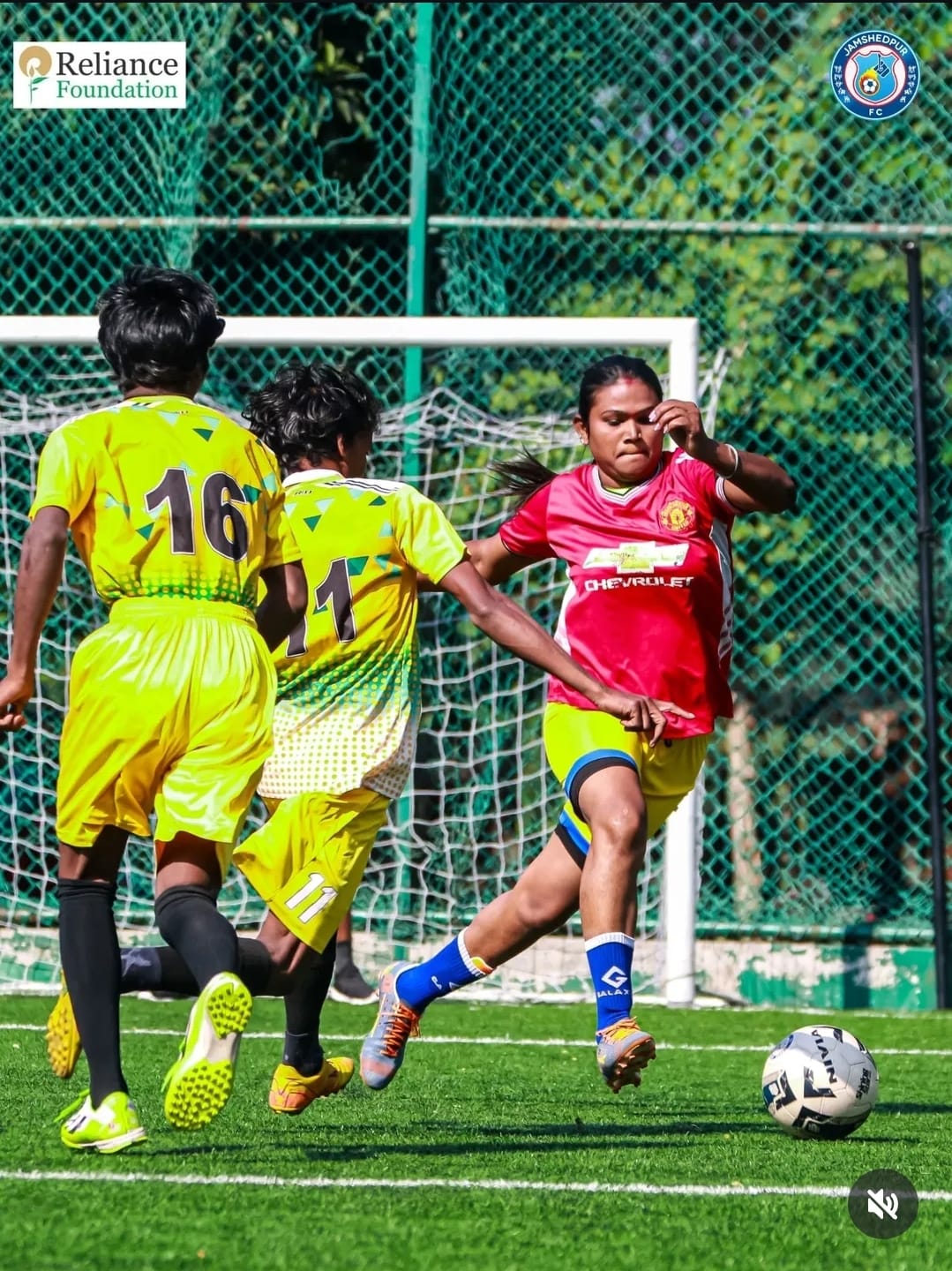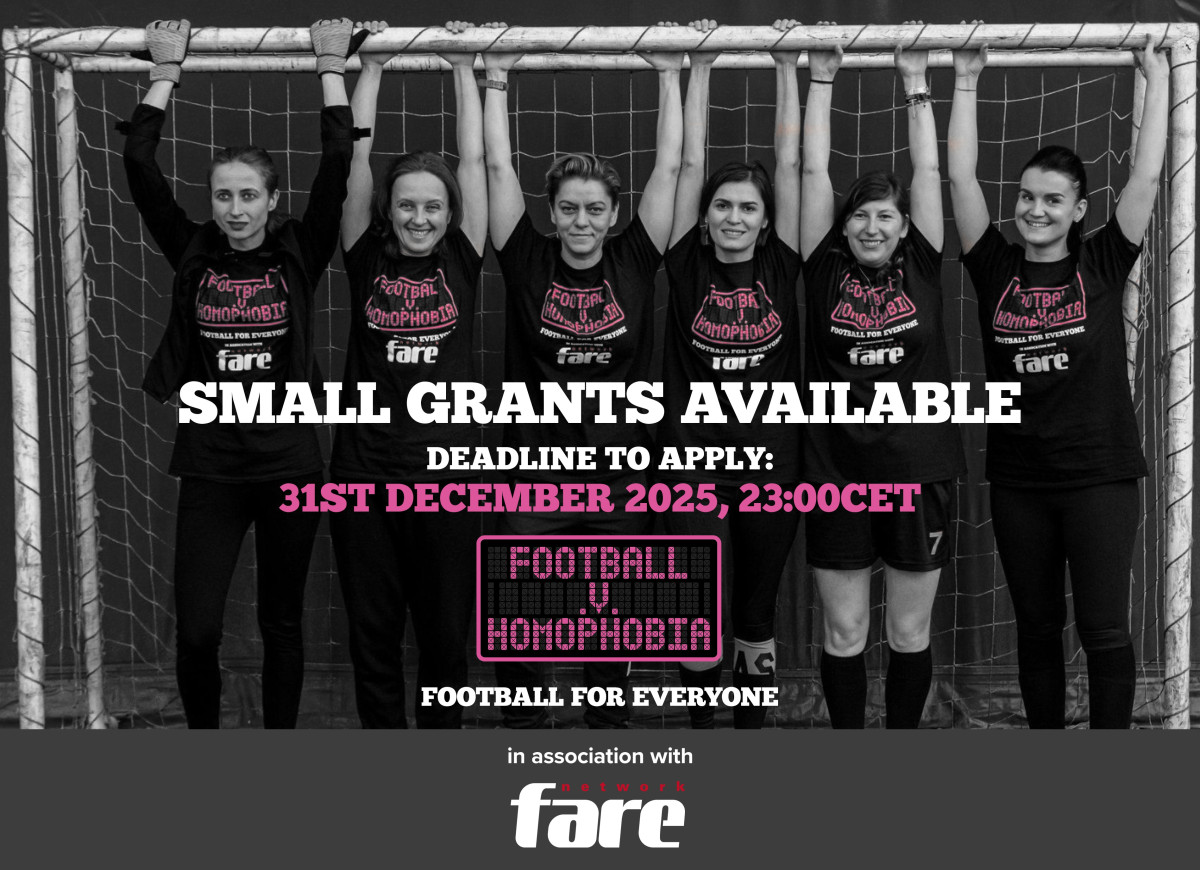Last week’s announcement that Australia and New Zealand will be the hosts of the FIFA Women’s World Cup in 2023 was a moment to celebrate the future of a sport which, before some recent setbacks resulting from the coronavirus, was on the rise.
As the winners celebrated their successful bid by lighting up the Sydney Opera House, it was clear that a tournament taking place in two countries, one of which has a woman as the FA President and both of which give equal pay to their men’s and women’s teams, has something to offer in 2023.
While the 2019 Women’s World Cup and the attention it gave women’s football deserves recognition, the tournament also revealed the inequalities women continue to face in the sport. The US Women's National Team's 13-0 win over Thailand highlighted the stark reality that most women's national teams are composed of amateur players, and rarely receive adequate support - a failure to pay or insultingly low payments to players remain big issues. Expansion of the tournament from 24 participating nations in 2019 to 32 in 2023 has raised fears that the quality of competition could be hampered as the gap between the top and bottom teams is exposed.
One billion USD pledge
During last week’s host announcement, FIFA promised one billion USD to developing women’s football over four years. It is vital that this investment is matched by a commitment to the sport from footballing stakeholders at every level, from FAs and clubs.
However, Coronavirus lockdowns and the economic shock resulting from the pandemic have revealed the fragility of structures holding up women's sport, and shown up a sport that is underfunded, suffers from a lack of visibility in many countries, and has seen insufficient investment in infrastructure.
Research from 2017 by the international players union FIFPro found less than 20% of women footballers have a contract. The majority of contracts that are offered are short-term and low-paid. The pandemic has made these issues worse. Two examples illustrate the type of practices that take place. Czech Spartans have released six of its foreign players because of financial cuts and in Colombia, only 2 of 18 clubs have committed to paying their women players during pre-season.
Men’s football is being prioritised
Fare has been monitoring the responses to the pandemic in different countries and the impact had on women’s football; it has become clear that too often men’s football is being prioritised.
In Latin America, there are clubs cutting their women’s teams entirely to offset the financial impact of coronavirus. This is despite the fractional cost of running women’s sides. There are increasing examples of women’s football being overlooked and undermined in the region. In Brazil particularly, there are examples of clubs diverting national and international funding for the development of women’s teams to their men’s sides.
Fare has an ongoing log of these incidents in Latin America, which can be followed here.
Examples of inequitable treatment between men’s and women’s teams are also not difficult to find in Europe. Women’s leagues have been cancelled in countries such as Austria, Czech Republic, England, Italy and Spain. In the same countries the top men’s leagues have restarted or hold aspirations of completing the season. The concern is that the impact of these shutdowns will have long lasting impact and the momentum driving women’s football forward may be halted.
There is space for a nuanced debate around this issue – rescheduling women's leagues which range in status from amateur to partially professionalised is complicated – but too often decisions are driven by crude financial judgements. Even in the fully-professional English Women’s Super League it has been rumoured that the decision to end the league was made due to the cost of testing players for coronavirus. This not a good look for the host country of the next Women’s Euro in 2022.
Uphold investment and labour standards
Yet there is room for cautious optimism when thinking about the future of the sport; the Spanish FA has recently announced that the top two women’s divisions will be professionalised, while the Polish FA has signed up a new official sponsor to support both the national men's and women's teams until the end of 2022.
In June, the Lithuanian A league received a marketing boost from the FA with a new logo and increased visibility. Vilma Zurzė, the Lithuanian FA’s General Director explained: “Women's football is a very important field for us, therefore this season we paid even more attention to the marketing and communication of the A league.”
At such a critical moment in the sustainability of women’s football, it is time for National Associations and clubs to take on responsibility for upholding investment and protecting players' rights and wellbeing.
More women in leadership positions and clearer criteria for how funding should be spent on development will be pivotal in ensuring long-term, sustainable policies are created to first protect women’s football, and then reshape, reform and reinvigorate it.





